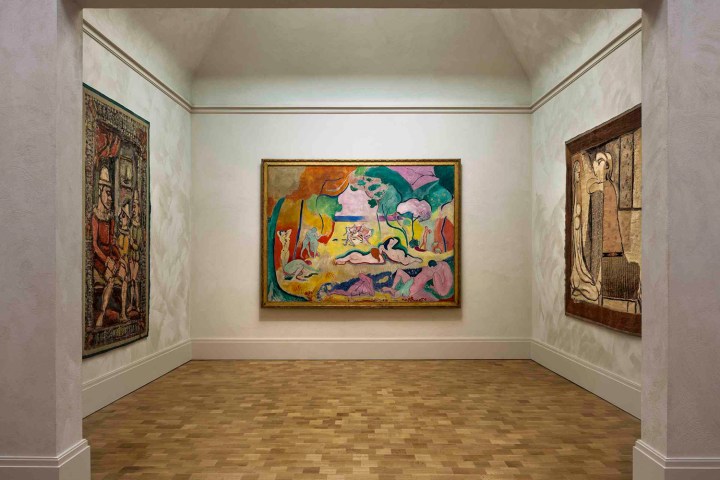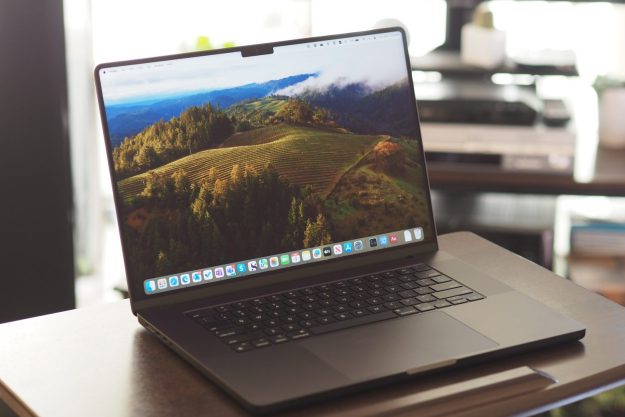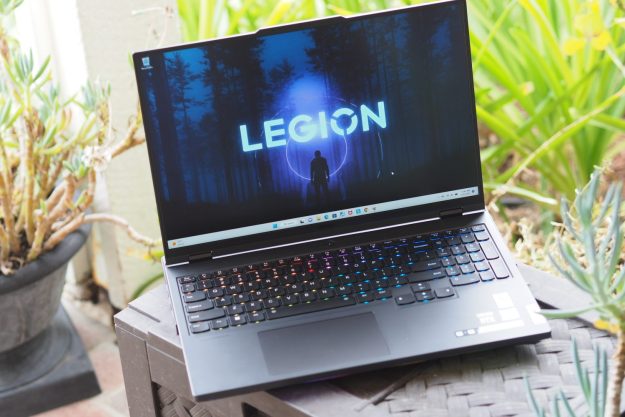
But its founder, Albert C. Barnes, had a more unconventional perspective on how to interpret the art — and that perspective is now being reflected in machine learning, of all places. Rather than getting caught up in the minutiae of dates and movements, Albert C. Barnes extolled the virtues of making visual connections between different artworks. Apparently computers agree with him.
A century after he started assembling his collection, machine learning is helping push the boundaries of his unorthodox ideas about how art should be viewed.
The Gallery Comes to You
The Barnes Foundation has always been an essential stop for any art fans in the area — and now, you can enjoy its contents from anywhere in world.
“Dr. Barnes had a very specific point of view about how you view work.”
Under the supervision of chief experience officer Shelley Bernstein, The Barnes Foundation has embarked upon an effort to make its collection available online. This is far more than just a digitization effort; it’s a technologically enhanced expansion of the ethos that the organization was born out of in the early 20th century.
“I’m a big believer in what I call mission-driven tech — thinking about the goals of the institution, like the fact that this was an early teaching institution,” Bernstein explained when she spoke to Digital Trends about the work she’s doing at the Barnes. “Dr. Barnes had a very specific point of view about how you view work, and that you might not necessarily need to know the history behind it.”
Over a period of years, Barnes amassed a collection of paintings, sculptures, jewelry, and furniture. Each wall of each room is meticulously arranged in order to forge connections between pieces that may have been made years apart, halfway across the world from one another.
Barnes tweaked each of his “ensembles” as he obtained new pieces, but they have remained in the exact same configuration since his death in 1951. It makes sense for the physical space to be preserved in this manner, both for practicality’s sake and as a tribute to the foundation’s founder. However, the website allows individuals to forge new links for themselves.
It’s here where machine learning is being used to foster some unusual responses to great art.
An interface on the website allows visitors to access digitized versions of any of the works in the collection. Clicking on a particular piece offers up the opportunity to see it in context as part of an ensemble. There’s also a method of seeing visually related pieces using a slider toggle that stretches from “more similar” to “more surprising.” It’s here where machine learning is being used to foster some unusual responses to great art.
Several different computer vision and machine learning experts were called upon to help the Barnes feed its collection into several different systems. Each one came up with very different results.
“I remember that a developer who was working on the project came to me and said, ‘Shelley this is insane, it’s all wrong,’” Bernstein remembered. “A curator looked at it and said ‘Actually, no — that’s kind of interesting.’”
Automated Art Critic
The machine learning systems that were being fed the Barnes’ collection made observations that might never have come from humans. Given the organization’s history of encouraging visual connections between otherwise disparate works, this seemed like a huge opportunity.
The computers would label a classical artwork as graffiti. They might see soft nudes by Renoir as teddy bears and stuffed animals. Frequently, they would tag bearded faces and other similar shapes as images of Jesus Christ.

It would be easy to write off these observations as limitations of the computer vision software, but time and again, curators found that the computers had a point. They were simply making visual connections without any of the second-guessing that a human mind might introduce to the process.
Berstein’s team uses six different tools to analyze the art. She describes Microsoft Azure as offering up the “coolest” results, referring to the most interesting, surprising categorizations. IBM Watson and Google’s offering were apparently successful as well — but much more conservative.
So while machine learning hasn’t completely replaced human curation from the equation, it does offer another perspective that has proven to be pretty unique.
Open Source Art
Obviously, certain parts of its digitization effort are very closely related to its specific ethos and mandate — but all the code is open source, so other institutions can pick and choose the parts that they can make use of and build from an established foundation.
The computers would label a classical artwork as graffiti.
Of course, the open source nature of the digitization isn’t just for other museums and galleries. Just weeks after the digitized collection went online, there were already some interesting projects at play on Twitter that take the ideas even further.
Andrei Taraschuk describes himself as a software developer by day and an art hacker by night. When he saw the online version of the Barnes collection, he knew that he had to put it to good use. Having already created Twitter bots that share a particular artist’s work, he created a Barnes bot that would post images of artwork from the foundation’s collection.
“It’s so cool,” said Bernstein with a grin when we spoke about the Barnes bot. The account doesn’t work in a vacuum — it retweets images shared by other institutions and artists that are part of his ever-growing bot network, forging links between seemingly disparate pieces. Albert C. Barnes never got to experience Twitter, but it seems fair to assume that he would approve of this kind of usage.
Roughly half of the pieces that comprise the Barnes collection are in the public domain, and the foundation makes high quality TIFF files of those works available online. This makes it easy for Taraschuk’s bots to share them, or for UK-based illustrator Sarah McIntyre to run a ‘portrait challenge’ using a particular painting, where Twitter users are invited to produce their own take on an existing artwork.
At their core, these efforts are all about opening up art to a broader swathe of people. If you’re not close to Philadelphia, you can still enjoy and appreciate the collection. if you’ve ever felt that the traditional gallery experience was too stuffy, maybe having a computer show you which classic works most resemble a selfie, or getting a drip feed of fine art via Twitter will be more palatable.
Perhaps more importantly though, it shows that bringing historical fine art into the digital world fundamentally changes how we view and interpret it. Dr. Barnes just may have been ahead of his time.




